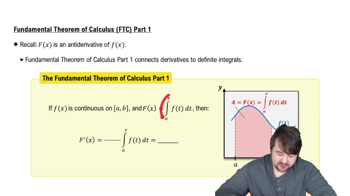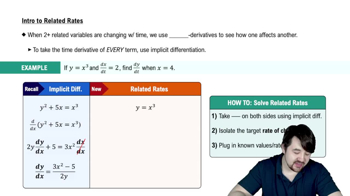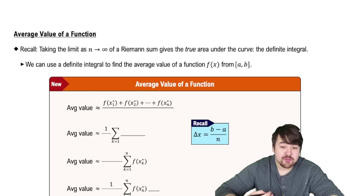[Technology Exercises] When solving Exercises 14–30, you may need to use appropriate technology (such as a calculator or a computer).
26. Factoring a quartic Find the approximate values of r_1 through r_4 in the factorization
8x^4-14x^3-9x^2+11x-1=8(x-r_1)(x-r_2)(x-r_3)(x-r_4)






